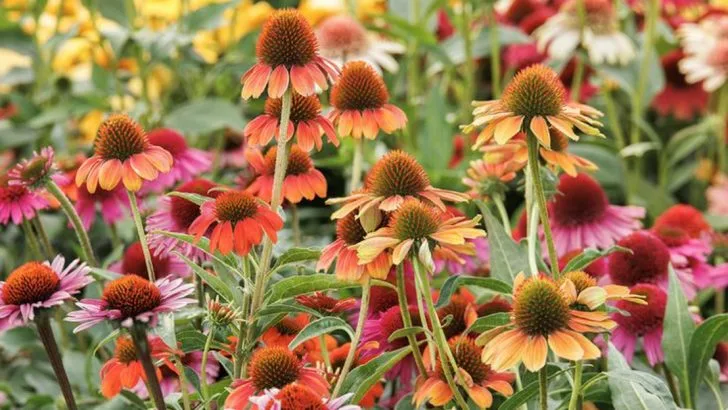A sea of coneflowers is the closest you’ll get to nature’s confetti explosion! No fences between you and a rolling sea of color. Picture endless purple petals nodding in the breeze. Each bloom feels like a miniature sunbeam bursting through green waves. Want that wow factor? Start with sun-baked soil that drains like a dream. Give each plant room to stretch—crowding leads to sullen stems and sad petals. Water with purpose: soak deeply and then step back. Next, feed the fun: Sprinkle a light dusting of compost in spring. Deadhead spent blooms to keep the party going. Invite friendly insects—ladybugs adore coneflower neighborhoods. Spice it up with companion bulbs or clumping grasses. Let color layers play off each other without fighting for space. Ready to flip your field from blank canvas to floral fireworks? Scroll down for 13 tips that will turn your pasture into coneflower central. Your future meadow of magic awaits.
Choosing the Right Variety
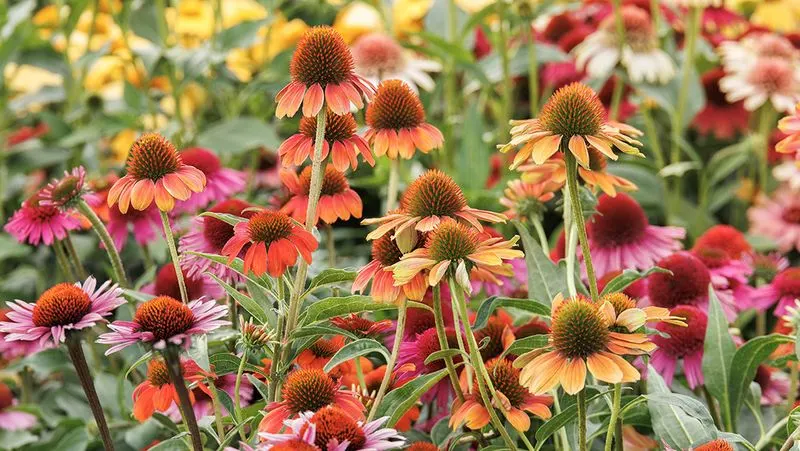
Selecting the perfect coneflower variety is the first step towards a visually stunning field. With options ranging from the classic purple to vibrant oranges and reds, there’s a coneflower for every taste. Consider your local climate and the specific conditions of your field. Some varieties are more resilient to drought, while others thrive in moist environments. Mixing different colors can create a captivating visual display, appealing to both the eye and visiting pollinators. Remember, a diverse field not only looks beautiful but also supports a healthy ecosystem, making your garden a hub of activity.
Preparing the Soil
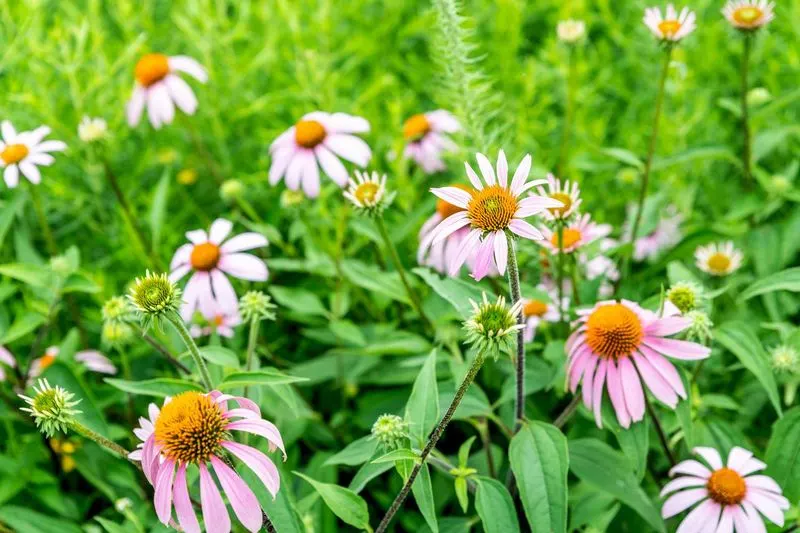
Healthy soil is the foundation of any successful garden, and coneflowers are no exception. Begin by testing your soil’s pH level, aiming for a range between 6.0 and 7.0. Amend the soil with organic matter such as compost or well-rotted manure to enhance fertility. Good drainage is key, so consider raised beds if your soil is prone to waterlogging. Regularly aerate the soil to promote root growth and nutrient absorption. By creating optimal soil conditions, you’ll set the stage for vigorous coneflower growth, ensuring robust plants that can withstand various environmental stresses.
Optimal Sunlight Exposure
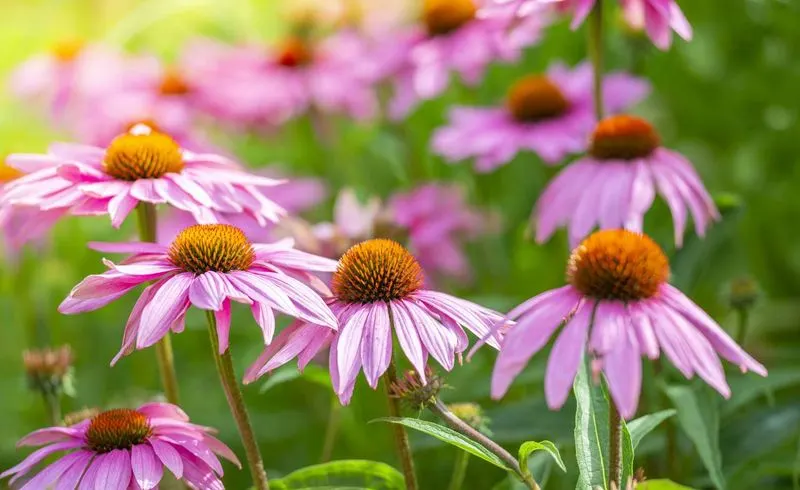
Coneflowers flourish under the sun’s warm embrace. Aim to plant them in a location that receives at least six to eight hours of direct sunlight daily. While they can tolerate partial shade, full sun brings out the most vibrant blooms and ensures healthy growth. Observe your garden’s sunlight patterns throughout the day, making necessary adjustments to plant placement. If your field is shaded, consider trimming back overhanging branches or removing obstructions. With the right amount of sunlight, your coneflowers will become a radiant focal point, drawing admiration from every passerby.
Watering Wisely
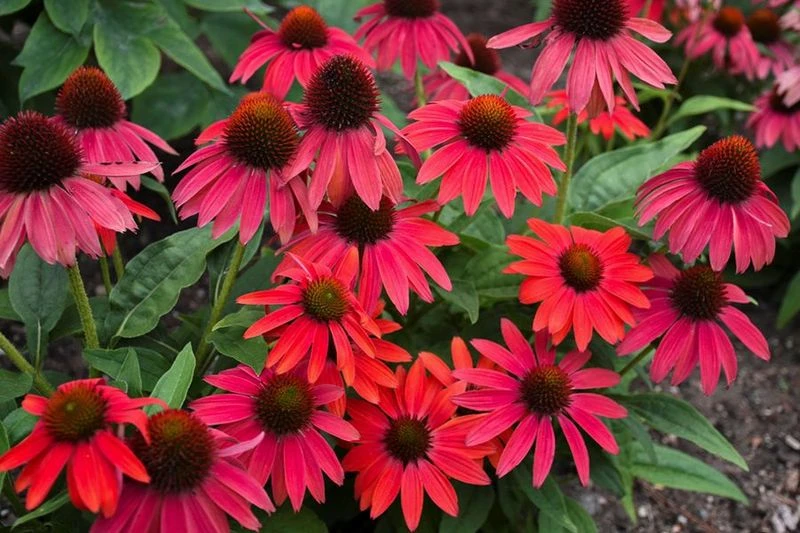
While coneflowers are drought-tolerant, regular watering during dry spells is crucial for optimal growth. Water deeply but infrequently, allowing the soil to dry out between sessions. This encourages deep root development, making the plants more resilient to drought. Early morning is the best time to water, reducing evaporation and fungal disease risk. Mulching around the base helps retain moisture and regulate soil temperature. By understanding and respecting their water needs, you’ll nurture a field of thriving coneflowers that withstand harsh summer conditions with grace and beauty.
Mulching Benefits

Mulching offers numerous benefits to your coneflower field. A layer of organic mulch helps suppress weeds, retain moisture, and regulate soil temperature. Choose materials such as shredded bark, straw, or wood chips, applying a two to three-inch layer around the base of the plants. Avoid piling mulch against the stems to prevent rot. Mulching not only enhances the appearance of your field but also creates a healthier growing environment. Over time, it breaks down and enriches the soil with nutrients, promoting robust growth and vibrant blossoms that captivate the senses.
Fertilization Practices
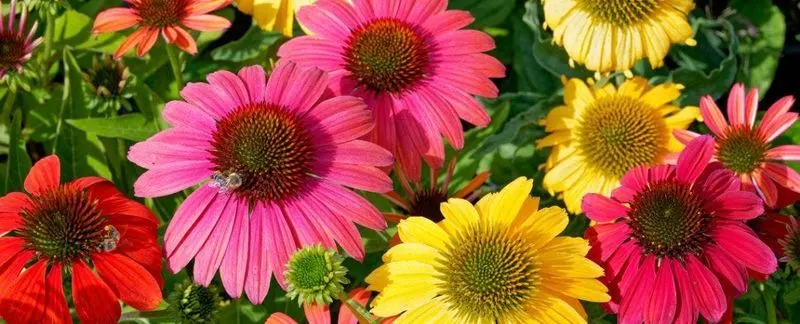
Nourishing your coneflowers with the right fertilizers can boost their vitality and bloom production. Opt for a balanced, slow-release fertilizer applied in early spring and mid-summer. Organic options like compost or worm castings are also excellent choices. Avoid over-fertilizing, as this can lead to lush foliage at the expense of flowers. Instead, focus on steady, moderate feeding to encourage strong, healthy plants. Regularly monitor nutrient levels and adjust your fertilization strategy as needed. With thoughtful fertilization practices, your coneflowers will reward you with an abundance of vibrant blooms.
Pest Control Naturally

Gardeners often dread pests, but coneflowers are relatively resistant. Embrace natural pest control methods to maintain a chemical-free environment. Encourage beneficial insects like ladybugs and lacewings, which prey on aphids and caterpillars. Introducing companion plants, such as marigolds or lavender, can help repel unwanted pests. Regularly inspect your plants for signs of infestation and promptly remove any affected areas. By fostering a balanced ecosystem, you’ll protect your coneflowers from harm while supporting a thriving garden teeming with life and color.
Pruning for Health
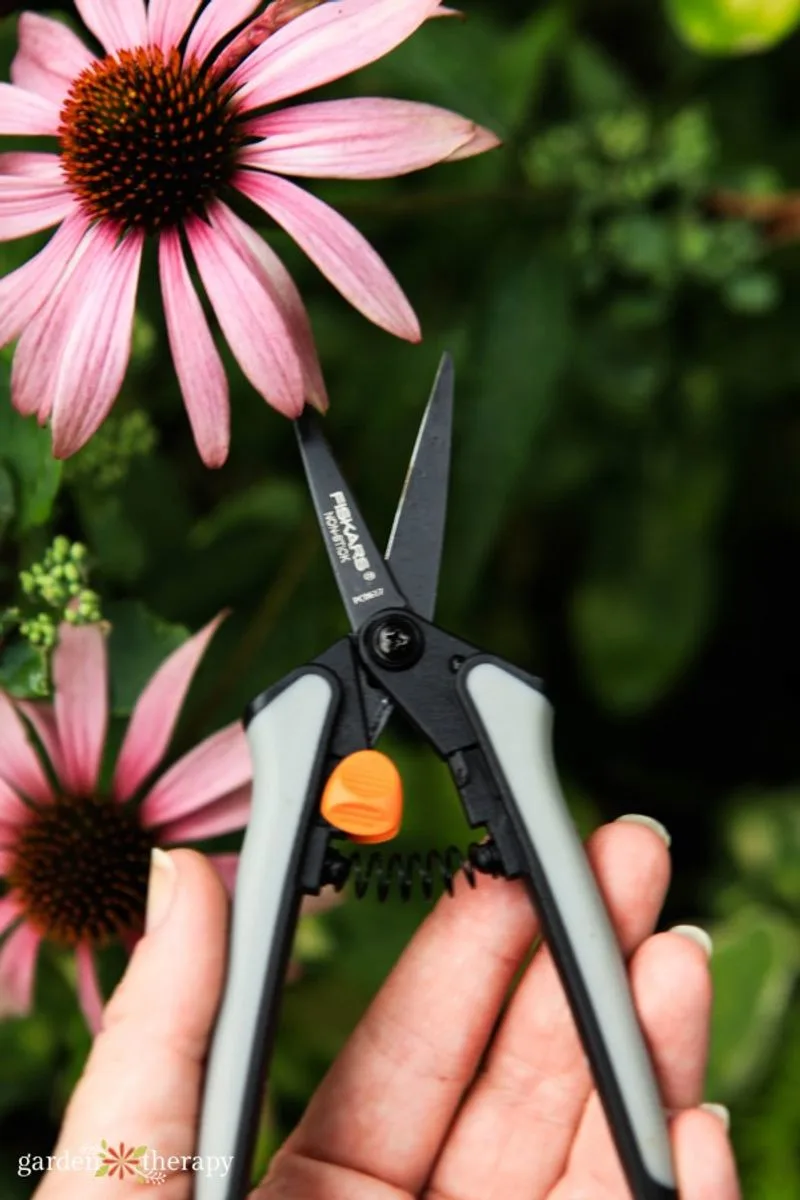
Pruning plays a vital role in maintaining coneflower health and appearance. Deadheading spent blooms encourages continuous flowering and prevents seed formation. Trim back dead or damaged foliage to promote new growth and reduce disease risk. In late fall, cut back stems to a few inches above the ground to prepare the plants for winter dormancy. Proper pruning not only enhances your garden’s visual appeal but also boosts overall plant vigor. As you snip and shape, your coneflowers will respond with renewed energy, producing lush, vibrant blooms season after season.
Dividing for Propagation

As your coneflowers mature, dividing them every few years ensures continuous vitality and prevents overcrowding. Early spring or late fall is the ideal time for division. Carefully dig up the clumps, shaking off excess soil, and gently separate the roots. Replant the divisions in well-prepared soil, spacing them to allow for future growth. This rejuvenates older plants and provides new ones to expand your garden or share with fellow gardeners. Dividing not only invigorates your coneflower field but also spreads joy and beauty to other green spaces.
Supporting Wildlife
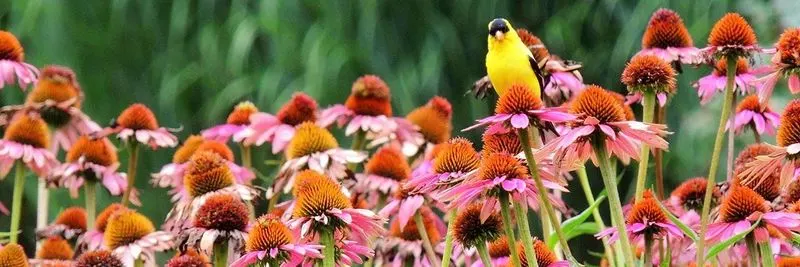
Coneflowers are a magnet for wildlife, drawing bees, butterflies, and birds. By cultivating a coneflower field, you’re supporting biodiversity and promoting ecological balance. Choose native varieties to attract local pollinators and provide food for birds in winter. Leave some seed heads standing through fall, offering nourishment to visiting wildlife. Observing these creatures flit and flutter among the blooms adds an enchanting dynamic to your garden. Your efforts to welcome and nurture wildlife will be rewarded with a harmonious, lively environment teeming with nature’s wonders.
Overwintering Strategies
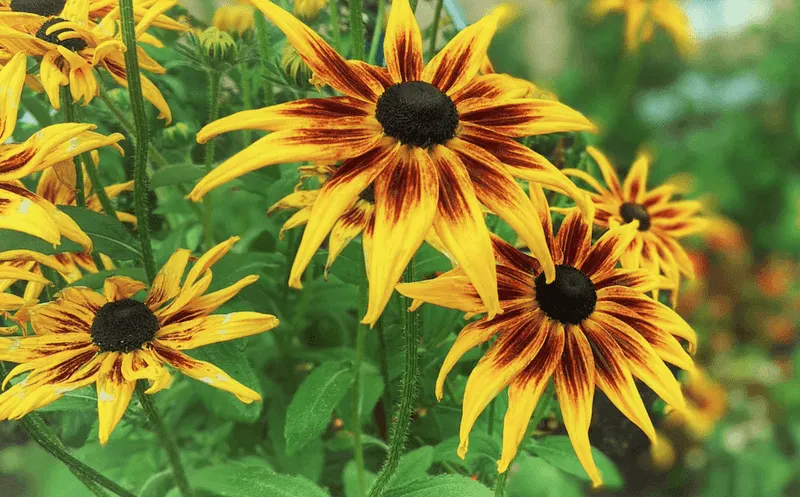
Preparing coneflowers for winter ensures their survival and vigor come spring. In colder regions, apply a thick layer of mulch to insulate roots against freezing temperatures. Consider wrapping young plants with burlap for added protection. Avoid cutting back all stems, as they can trap snow for moisture and provide habitat for beneficial insects. Monitoring weather forecasts helps you anticipate extreme conditions and adjust your protective measures. By implementing smart overwintering strategies, your coneflowers will greet the new season with strength and energy, ready to bloom anew.
Deer and Rabbit Deterrence
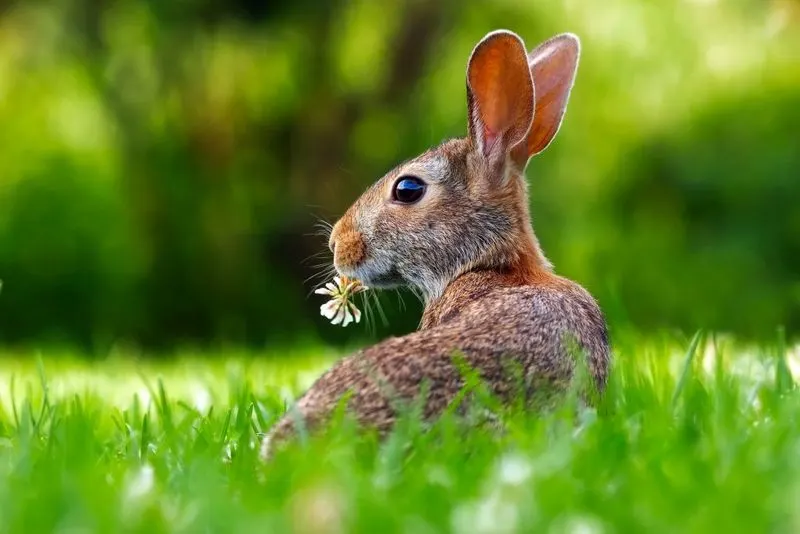
Coneflowers can fall victim to hungry deer and rabbits. To safeguard your plants, consider installing fencing or netting around your field. Natural deterrents like garlic spray or chili pepper solutions can also be effective. Planting deer-resistant companions, such as yarrow or catmint, might discourage these critters from nibbling. Regularly check for signs of animal activity and adapt your strategies as needed. Protecting your coneflowers from these curious creatures ensures a breathtaking display of blooms. With diligence and creativity, your garden will remain a peaceful sanctuary, undisturbed by wildlife.
Cultivating Patience
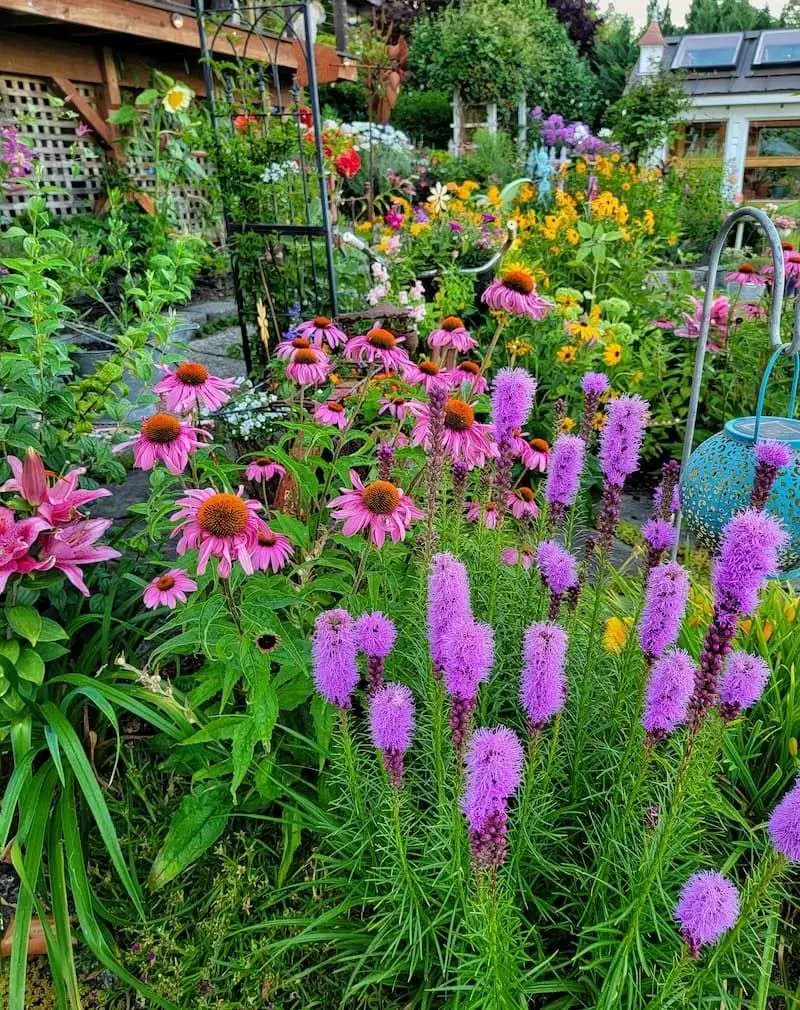
Gardening teaches patience, and growing coneflowers is no exception. These perennials take time to establish, with the first year focused on root development. In subsequent years, expect an explosion of blooms as the plants mature. Regular care and attention will be rewarded with a stunning field bursting with color and life. Embrace the process, savoring each stage of growth as an opportunity to connect with nature. Cultivating patience not only enhances your gardening experience but also enriches your life, offering lessons in mindfulness and appreciation for the beauty that unfolds over time.

